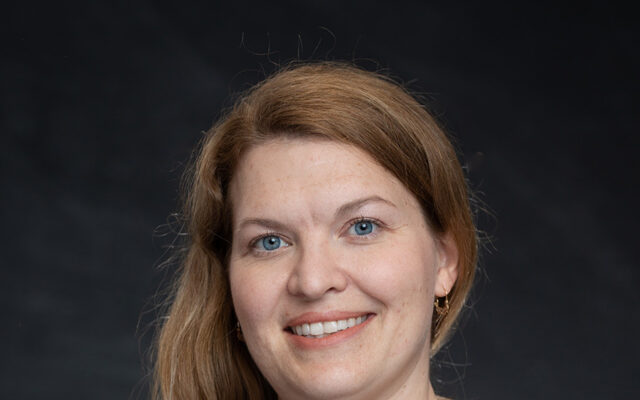
“Start by doing what's necessary; then do what's possible; and suddenly you are doing the impossible.”— St. Francis of Assisi
Faculty Information
Additional Faculty Information for Christina Lamb Chakalova
Education
Ph.D. in Art History, Rutgers University, 2021
M.A. in Art History, Universität Wien, 2012
B.A. in Art and Religious Studies, Lafayette College, 2005
Awards:
2020-2021 School of Graduate Studies- Rutgers U., New Brunswick: University & Louis Bevier Fellowship
2019 American Society for Eighteenth Century Studies: Gwin & Ruth Kolb Travel Grant
2019 Central European History Society: Travel and Research Grant
2017-2018 Zimmerli Art Museum, Rutgers University: Dodge-Lawrence Fellowship
Publications:
Christina Lamb Chakalova, Magnificence and Illusionistic Spectacle: Bolognese Quadratura at the Belvedere of Prince Eugene of Savoy in Imperial Vienna in the Festschrift “Celebrating Magnificenza: Studies in Italian Art in Honor of Diane Cole Ahl,” ed. by Barbara Wisch and Gerardo de Simone (Pisa: Predella, 2020)
Christina Margarete Chakalova, Dream Lines in “Staging Export: Valie zu Ehren,” ed. by Margarete Lamb-Faffelberger and Carola Hilmes (New York: Peter Lang, 2010)
Memberships:
IAS Italian Art Society
Biography
A product of the human condition, art, architecture, and artifacts consistently reflect societal values, as well as shifting personal and collective identities, often in spite of difference or geographical disparity. Knowledge of the history of art promotes a greater understanding of both commonalities and distinctions amongst the multitude of contexts that have produced art across place and time. As such, developing visual literacy enables us to better navigate new media and the proliferation of images in the twenty-first century.
I specialize in Italian Renaissance and Baroque art, with a particular focus on seventeenth-century Bolognese painting. My research also examines late Baroque art in imperial Austria. My pedagogical approaches arise from my diverse experiences at private and public institutions of higher learning in the United States and Europe. I have found that the most effective ways of teaching involve building collaborative relationships with students and actively engaging them in the classroom in ways that foster their personal and intellectual growth. Because I was drawn into art history as a studio art major in college, my curriculum also emphasizes techniques, methods, and materials. I encourage my students to look interdisciplinarily at a wide range of media to discover how identity is expressed and constructed through the visual arts.
I am happily married to my wonderful husband Petar. Petar is from Bulgaria originally and we met in Austria during our studies at the University of Vienna. We have two cherished daughters, Emma and Maria. We also have two darling Cavalier King Charles Spaniels, Honey and Rosie.